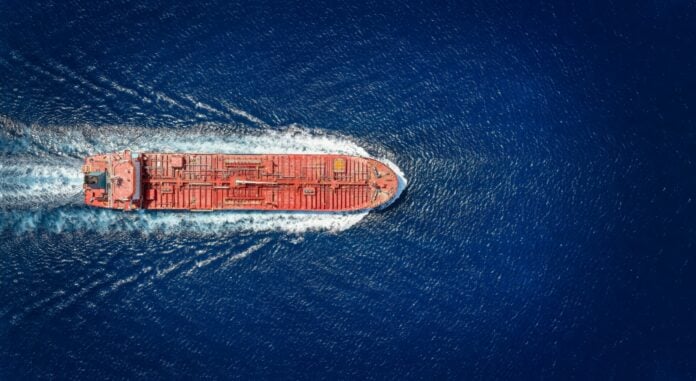The global shipping community faces three major challenges, according to Maria Bertzeletou, senior analyst at Signal Group.
The global shipping industry may maintain steady momentum into 2025, with Asia leading the way, however, as Bertzeletou pointed out, US port fees on Chinese ships, the green transition and the management of ship oversupply are creating strong concerns in the market.
And all this while the battle between the two countries for global dominance in trade, technology and shipping is brewing.
“In view of the imposition of port duties by the US on Chinese shipbuilding products, shipbuilding costs may ultimately increase, affecting global prices of new vessels and future decisions of shipowners regarding new orders,” Bertzeletou noted and added:
“At the same time, the focus is also on the requirements for achieving green goals, as well as the need to manage the oversupply of ships through increased scrapping during the period 2025-2026.”
Geopolitical tensions
After a period of continuous geopolitical differences and the focus of global interest on Russia and Ukraine, this year marks a new turning point that is expected to decisively affect the development of maritime trade and the performance of the global freight market, analyst Bertzeletou while citing the data:
*** Global balances are constantly disrupted by the trade war between the West and Asia, centered on the United States and China.
*** India follows, as a strong emerging economy, clearly better prepared for the new reality of the global market.
*** From the ongoing trade tariff war, the first direct markets to be substantially affected are cereals and crude oil, two main axes of global maritime trade.















